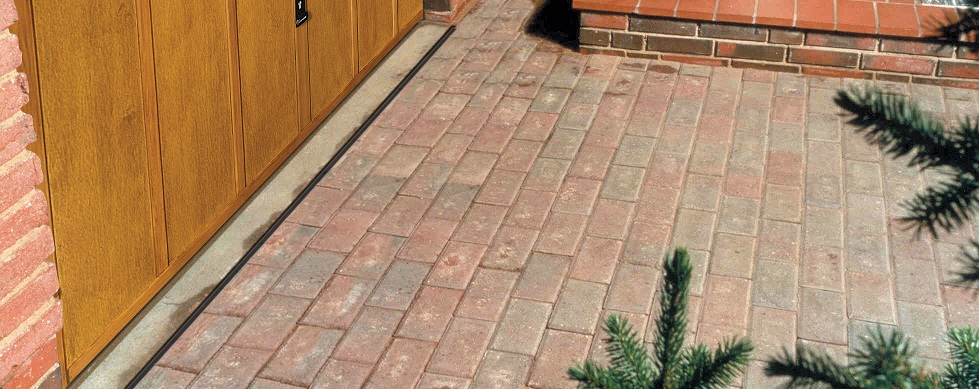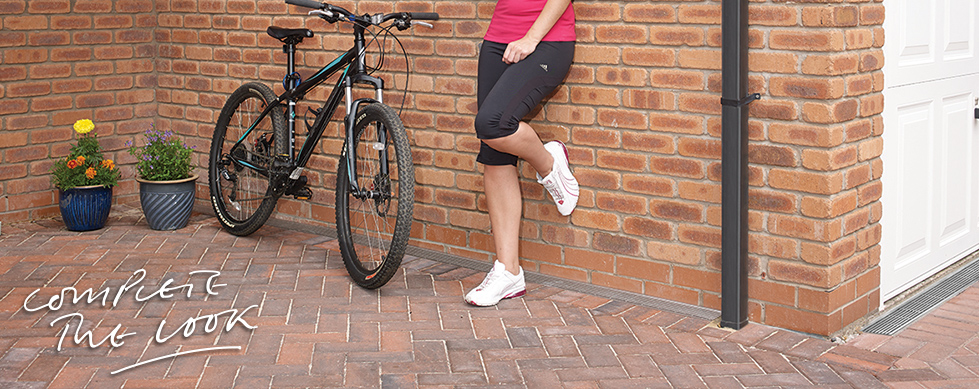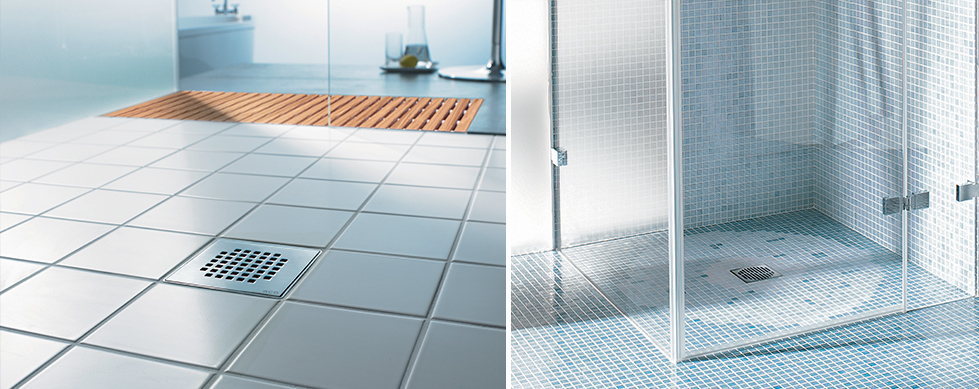
Everything housebuilders need to know about drainage
When it comes to building projects, selecting the right drainage channel can cause quite the headache for housebuilders. From getting the right load classes to making the drainage match the aesthetics of the surrounding area, the devil is in the detail. As there are a lot of options available, housebuilders can, and should, capitalise on the growing opportunity drainage presents to the final appearance of the design.
Here, ACO Water Management’s Oliver Collins, explains everything housebuilders and developers need to know about drainage systems.
A (load) class act
Understanding the different drainage load class requirements is perhaps one of the most important roles for a housebuilder when planning water management systems for a housing project. This is because not everyone may be aware of the different standards required.
In accordance with BS EN 1433:2002 all drainage channels are rated to one of six load classes, which are effectively different categories detailing the maximum load-bearing capacity of that product. Ranging from A 15, for pedestrian footpaths and patios, through to F 900 for airports and industrial yards, the system is a quick way of ensuring that the right channel and grating is selected.
There are pitfalls that housebuilders should be aware of when it comes to load class. For example, some channels are compatible with different gratings and some builders may be tempted to choose an A 15 grating with a B 125 channel, or vice versa. In this situation, the load class of the system will default to the lowest load class.
Another common mistake made by housebuilders is underestimating the pressure driveways are increasingly facing. As consumers continue to increase their online shopping habits, it means that more large vehicles are encountered on driveways. B 125 channels and gratings should therefore be considered a minimum for driveways.

Offering your customers options
A trend that continues to grow in popularity in the UK has been the blending of internal and external living spaces. Outdoor living spaces remain popular with homeowners and some figures suggest that a well-maintained garden can add up to 20 per cent to the value of the whole property.
In light of this, housebuilders tasked to deliver an aesthetically pleasing project will require support in ensuring that the drainage blends nicely into the overall design. The role of drainage in the finish of a project is growing, and housebuilders are able to select from a growing range of gratings and channels which can complement any design.
Housebuilders, therefore, have an opportunity to offer prospective clients different material choices and finishes for their drainage requirements, which could lead to you better business, with extra margin.
Gratings can offer design inspiration thanks to the materials they are made from. Whether it’s contemporary stainless steel or antique cast iron, elegant and modern gratings can help "Complete the Look" of a stylish patio or driveway.

The drainage challenges of wetrooms
Drainage also has an important role to play on the inside of a building project, namely in the bathroom. Integrating a wetroom continues to be a popular choice for domestic projects, replacing traditional bathrooms to add an air of luxury and practicality. They often require drainage that can also meet the individual styles and tastes of the end user, meaning housebuilders should at least be aware of a range of different gratings suitable for wetrooms.
ACO, for example, has a dedicated wetroom range of shower channels and gully systems that have the option to include designer gratings to complement the desired style. Made from high-quality stainless steel, the ShowerDrain C Line and Shower Gully systems provide a sleek yet highly functional finish to any wetroom project and are perfect for use within tiled floors.
Keep your knowledge up-to-date
Ultimately, there is more to drainage than perhaps first meets the eye. The different load classes, combinations of channel and grating, as well as applications, show that the possibilities for housebuilders are endless.
Designing and implementing surface water management can be a very complex task, with many products available; all with different benefits and uses. It’s important that housebuilders are fully prepared, and the design is faultless. From the placement of access units for maintenance, to correctly understanding the hydraulic calculations, support should always be sought if needed.
Utilising a supplier that offers design support services can be very helpful for housebuilders. ACO Water Management, for example, offers free support including whole system design, from collection to the attenuation of surface water. ACO also offers free hydraulic design software, which enables the efficient and accurate design of surface water management schemes using channels as means of conveyance.
Additionally, housebuilders need to keep updated with all of the latest training options available to them. Whether it’s enhancing their understanding on specific products, or getting to grips with legislative changes, an increase in knowledge can help ensure projects run smoothly and the end result is perfect every time.
ACO provides training, and this can be either at its training facility or online via the ACO Academy. Supporting domestic contractors and homeowners with free and accessible resources, the ACO Academy keeps building professionals updated on key products and legislation.
